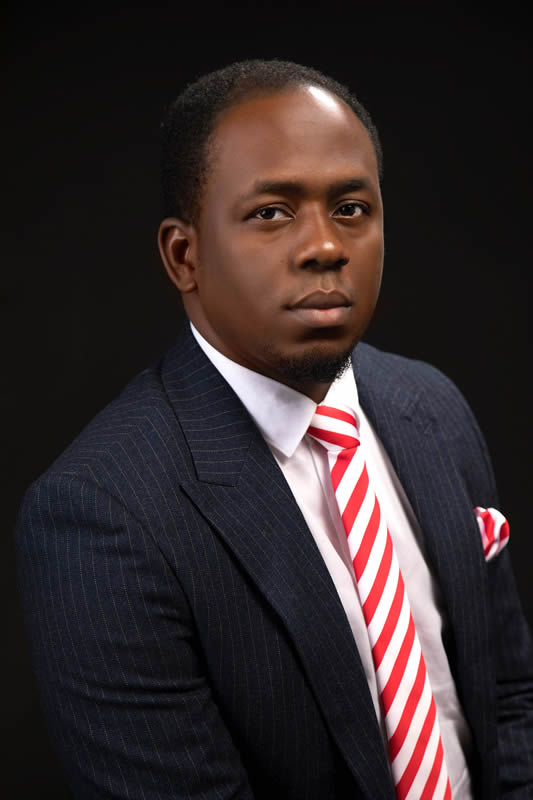
JAMIE PAJOEL, APMC, ACBMP.
Allow people to find their path while following you – Jamie Pajoel
The problem we have today is that thousands and thousands of leadership theories and concepts have come together to form a complex theory like some sort of remarkable mechanical formula that we assume only university professors can understand.
My entire life has been continually driven by a singular, compelling focus: what makes the difference in the quality of people’s lives? How is it that so often people from such humble beginnings and devastating backgrounds manage despite their hardships to create lives that inspire us?
What makes some leaders a living examples and others a warning? What is the secret that creates passionate, happy and grateful lives in many leaders? What precedes all our actions? What determines what action we take, and therefore, who we become, and what our ultimate HOW WE LEAD?
Over the last 10 years, I have conducted several Leadership trainings in many Countries for leaders. Very few of these leaders have demonstrated the spirit I always look out for. So, what distinguishes the excellent leaders from the merely good ones? The answer lies not in what you see, or the tools people use, but in the feel, the pure essence of these leaders.
It is the mindset of the leader. This is the language that sheers passion for excellence in leadership. Leadership begins in our mindset. There is no other way to achieve it. This points to a fact that the mindset of a leader, is more powerful and important than the people he wants to lead.
In the following page, you will explore “JAMIE PAJOEL LEADERSHIP MODEL. I have developed this framework for our thinking. I hope to inspire and guide you in your own search.
As an industry expert with experience in designing, implementing, and managing initiatives which foster Leadership Capital Development, my leadership model is making waves internationally with many ideas on Share Leadership which arms at distributing leadership such that people within a team or organization can lead each other. This is most contrasted with more traditional “vertical” or “hierarchical” that resides predominantly with an individual instead of a group.
Disruption today is happening at a scale and speed that is unprecedented in modern history. From banking to retail, media, logistics, manufacturing, education, professional services, and life sciences, digital technologies and business models are upending industries around the globe, and leaders are struggling to cope.
In this, the right leadership is critical for organizations to thrive in the choppy waters of rapid technology and business model change. Yet, how should we define leadership in this environment? Is over 80 years of leadership research still relevant in the face of such disruption, or have things changed?
The report on Redefining Leadership for a Digital Age, presents findings from a global survey of more than 1,000 executives across 20 different industries. The data reveal that even though 92% of leaders reported to be feeling the full force of digital disruption, less than 15% of them claimed to be “very prepared” to guide their companies through the eye of the digital storm.
So, how can leaders set themselves up not only to survive, but also to thrive in the era of digital disruption?
To succeed in today’s competitive world, Leaders must be willing to seek diverse inputs — both from within their organizations and from outside. In today’s world of near-ubiquitous Internet and social media availability, employees have equal access to information within a business, and may in fact have deeper specific subject knowledge than those leading them. Encouraging and developing such teams can substitute for a lack of expertise at the executive level — provided they are willing to cede ground to staff. Leaders must be comfortable not knowing the answer and be willing to admit it.
At their core, digital leaders are listeners, with a broad-based desire to explore, discover, learn and discuss with others. They listen to their clients and customers; their teams and staff; and their peers and partners with humility and a willingness to change their minds. They ensure a constant interchange of information and encourage employees to challenge views and opinions, and they set and adjust corporate visions based on these exchanges.
Shared Leadership is what it takes to stand up and speak. Shared Leadership is also what it takes to sit down and listen – Jamie Pajoel
As an executive leadership coach, working with many business organizations, I have seen the complexity of our environment increasingly calls for collaboration between various stakeholders who each hold a different aspect of the reality — and many of whom must themselves adapt and grow if the problem is to be solved.
Many Leadership theorists have begun to reframe leadership, getting away from leadership as a person or role, to leadership as a process. If leadership is thought of as a shared process, rather than an individual skill set, senior executives must learn new ways to help leadership develop broadly and collectively in their organizations.
To redefine leadership, leadership development methods will have to address the collective mind-shift needed to enact leadership in a shared way. Leadership development practitioners will also need to create learning tools and strategies that mesh with the technology and social networking that has been rapidly flattening hierarchies and decentralizing control in recent years.
“We are still at the early stages of thinking about leadership development at a collective level, But I have no doubt that future generations will see interdependent leadership as a natural phenomenon.


